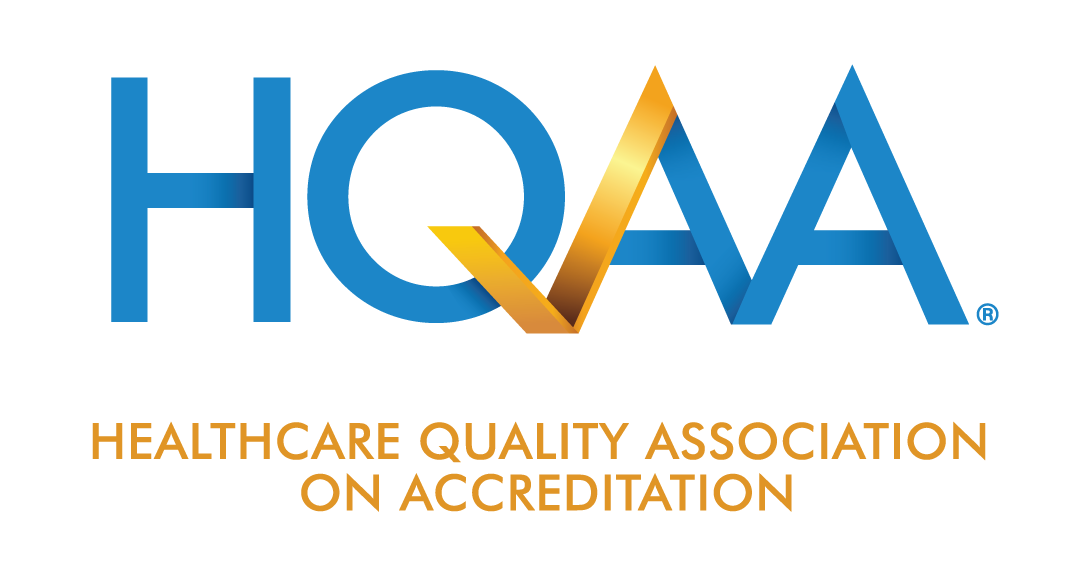
There are several issues to address when dealing with transporting your equipment. To meet the intent of the infection control standard properly you need to protect your patients from potential pathogens, transport oxygen properly, avoid excess dust and dirt on equipment and more.
Follow these five rules to help you meet and exceed your standards for infection control:
1. Know your policy.
Having the correct policies and procedures in place and following them is the first step to meeting this standard. Organizations cited for infection control issues are often cited not because they aren’t following proper infection control standards, but because they aren’t following their own policy.
Adjust your policy if needed. If you do revise your policy, make sure:
- You are still meeting the standard.
- All staff is trained on the new procedure.
- The new process is fully implemented.
2. Be careful with chemicals.
If you spray equipment with a cleaner/disinfectant before placing it into the company vehicle, make sure to put safety measures in place such as:
- Know and follow the manufacturer’s recommendations found on the cleaner/disinfectant
- Have personal protective equipment (PPE) for staff using the cleaner/disinfectant to protect themselves from the effects of the chemicals
- Have some type of eyewash available in the vehicle in the event of chemical exposure to your staff members' eyes
3. Secure equipment to avoid injury.
It is important to ensure all equipment is properly secured from shifting, falling or causing any type of injury to the driver or other equipment during transport. As bungee cords are not allowed, use a ratchet strap to secure your cargo at all times. Secure large items such as bed frames and power mobility devices that can shift during transport. Install oxygen cylinder racks when possible.
4. Separate “clean” and “dirty” equipment.
However you do it, there needs to be some type of segregation in a vehicle so that "clean" equipment does not comingle or come in contact with "dirty" equipment. Some suppliers:
- Designate a “clean” and a “dirty” side in a delivery vehicle.
- Bag and tag the equipment to designate it as either “clean" or “dirty.”
5. Know oxygen rules and safety.
If you carry oxygen in a vehicle, do not allow any type of petroleum-based products to come into contact with the oxygen. Remember that oxygen is a legend drug controlled by the FDA and considered a hazardous material.
In addition, make sure you know all state and federal Department of Transportation requirements for transporting oxygen. These include the following and more:
- Weight limits and restrictions
- Requiring the driver to have a CDL with hazmat endorsement
- Van placarding
- Proper signage
Supplying your customers with clean, safe equipment is one of the main goals of your business. These five rules help you ensure that goal is met and your customers are happy and healthy.
For a detailed delivery vehicle infection control log, download here:



